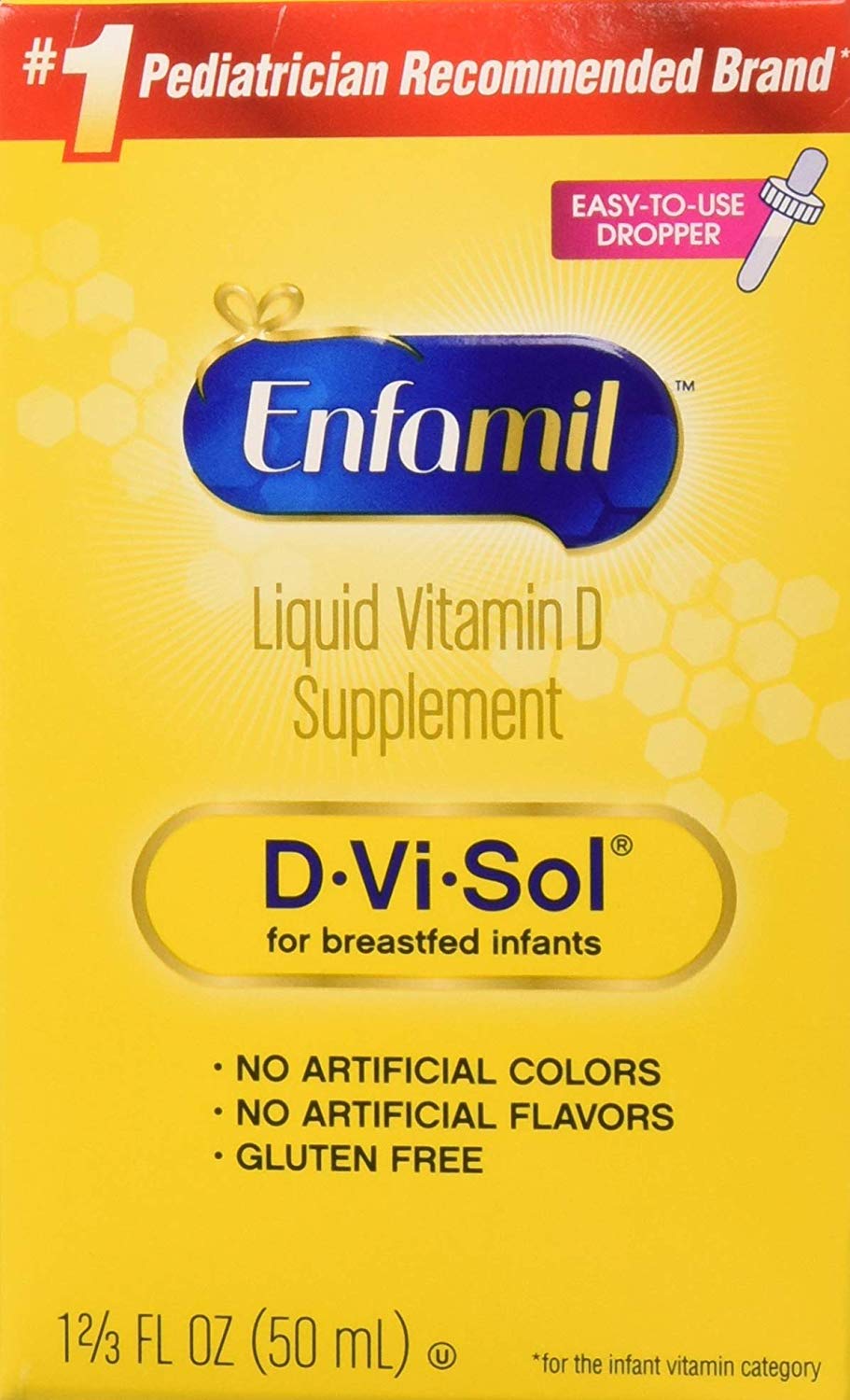

In 2003, the American Academy of Pediatrics (AAP) published a guideline recommending that all children older than two months receive 200 IU of supplemental vitamin D daily. Physicians should help parents choose the appropriate vitamin D supplement for their child. However, vitamin D may reduce the risk of certain infections and chronic diseases. No randomized controlled trials assessing patient-oriented outcomes have been performed on universal vitamin D supplementation. Although the American Academy of Pediatrics recommends keeping infants out of direct sunlight, decreased sunlight exposure may increase children's risk of vitamin D deficiency. In addition to dietary sources, exposure to ultraviolet B sunlight provides children and adults with additional vitamin D.

It is also based on the precedent of preventing and treating rickets with 400 IU of vitamin D. This recommendation is based on expert opinion and recent clinical trials measuring biomarkers of vitamin D status. Infants who are breastfed and children and adolescents who consume less than 1 L of vitamin D–fortified milk per day will likely need supplementation to reach 400 IU of vitamin D per day. In 2008, the American Academy of Pediatrics increased its recommended daily intake of vitamin D in infants, children, and adolescents to 400 IU. Vitamin D deficiency in children can have adverse health consequences, such as growth failure and rickets.


 0 kommentar(er)
0 kommentar(er)
